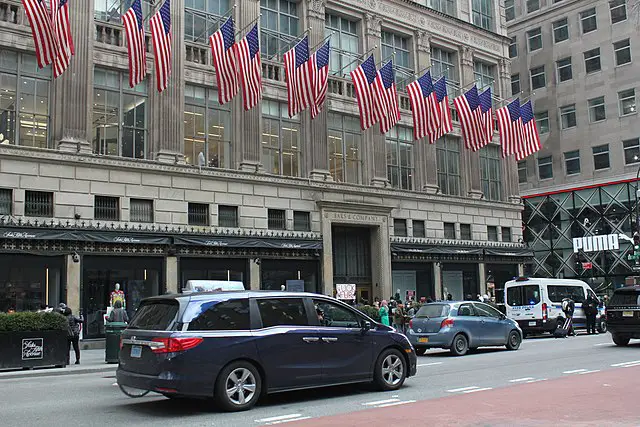
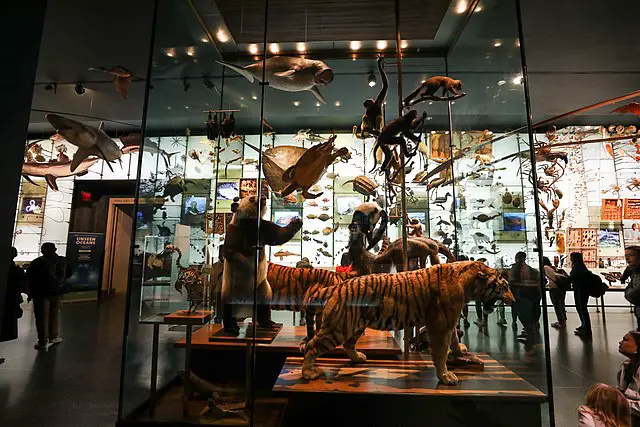
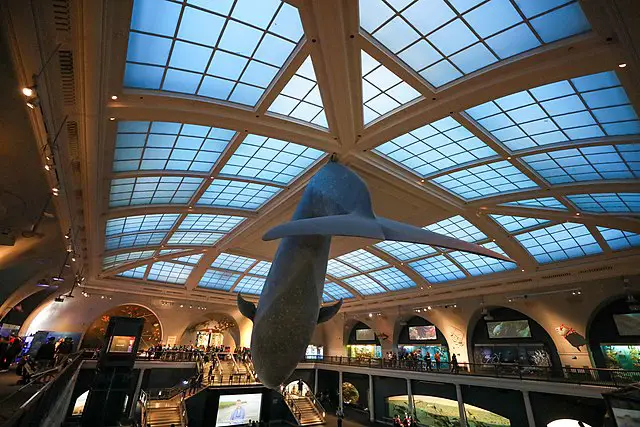
One of the foremost institutions for science, education, and culture in the world was established in 1869 and is known as the American Museum of Natural History. The Museum has 45 permanent display halls, including the Hayden Planetarium and the Rose Center for Earth and Space, in addition to galleries for changing exhibitions. It is the location of the Theodore Roosevelt Memorial, which honours Roosevelt’s enduring legacy of conservation and serves as New York State’s official memorial to the 33rd governor and 26th president of the United States. Around 200 scientists are supported by the Museum’s five active research divisions, three cross-disciplinary centres, and one of the largest natural history libraries in the world. These scientists are able to access the Museum’s permanent collection, which includes more than 33 million specimens and artefacts of the highest calibre.
Beyond the iconic, eye-catching exhibits—the grizzly bear in the Hall of North American Mammals, the 94-foot-long blue whale, and the prehistoric Barosaurus skeleton rearing up as if to spook the nearby Allosaurus skeleton—is a 150-year-old museum that has been expertly curated and inspires awe and wonder in visitors of all ages about the cosmos. Your visit is sure to teach you a few things you didn’t know, whether you’re interested in the world beneath our feet, the civilizations of other nations, or the stars light-years beyond our reach. You might spend an entire day just perusing the taxidermied animals from North America, Asia, Africa, rain forests, and the seas, since there are four levels entirely devoted to artefacts. Alternately, spend a day as an anthropologist studying only the human species, with halls devoted to various cultures of American Indians (Eastern Woodland, Plains, North West Pacific), Asian peoples, African Peoples, and Pacific Peoples, as well as the evolutionary origins of humans and our close (now extinct) cousins, like neanderthals, before these rich cultures existed. In the hall of diamonds and the hall of minerals, one will feel like a child if they have an inner geologist or simply enjoy glittering rocks. And almost everyone is in awe of the Tyrannosaurus Rex, Wooly Mammoth, and Apatosaurus in the world-famous fossil collection on the fourth level.
The Brooklyn Bridge, which links Manhattan and Brooklyn in New York City. It was the first steel-wire suspension bridge in the world and one of the earliest suspension bridges in the United States (it was finished in 1883) Roebling, John Augustus, was the architect of the Brooklyn Bridge. The project got under way on January 3rd, 1870. Building strong foundations for the bridge was the first step. This was accomplished by utilising “caissons,” closed wooden boxes filled with compressed air that were submerged and used to enable workmen to excavate the riverbed. The issue with caissons is the possibility of contracting “caisson disease,” a form of decompression sickness that develops in construction workers when they leave compressed air too quickly and enter normal air. Washington Roebling was one of the first people to contract caisson illness, which left him crippled and confined to a bed. As a result, his wife Emily Warren Roebling had to step in and work alongside him for the next 11 years as the bridge’s construction manager.
The Brooklyn Bridge opens to the public on May 24, 1883. The opening ceremony was attended by thousands of people and numerous ships.President Chester A. Arthur of the United States and Mayor Franklin Edson of New York crossed the Brooklyn Bridge to the New York side, where Brooklyn Mayor Seth Low welcomed them to cannon fire in remembrance of the opening. President Chester A. Arthur visited Washington Roebling at his house and shook hands with him because Roebling was unable to attend the ceremony. Nevertheless, Roebling hosted a feast at his house that day to commemorate the bridge’s opening. Around 1.800 cars and 150.000 persons crossed the bridge on the first day after it opened. Emily Warren Roebling was the first person to cross the bridge.
The Brooklyn Bridge, with a total length of 1825 metres, was the longest bridge in the world when constriction was completed. It lasted until 1903 the longest. 27 lives were lost while building it, costing $15.5 million. Six days after the Brooklyn Bridge was inaugurated, on May 30, 1883, a rumour that the bridge would collapse began to circulate. This rumour sparked a stampede that resulted in the deaths of about twelve persons. On May 17, 1884, P. T. Barnum took 21 elephants across the bridge to dispel concerns that it is unstable and to advertise his circus at the same time. There were no circumstances for testing the bridge’s aerodynamics at the time it was built (aerodynamics tests began in the 1950s), but fortunately, they weren’t necessary. The bridge was built by Roebling six times stronger than was required, ensuring its longevity.
For locals and tourists alike, the Brooklyn Bridge continues to serve as a crucial transportation route. Over 100,000 people visit the bridge every day to take in the breathtaking panoramas of the Manhattan skyline. Most people cross the bridge in about 30 minutes, but plan on spending more time on this lovely path. A day on the Brooklyn Bridge will be a fun affair because to its outstanding architectural features and the active sellers selling distinctive things.
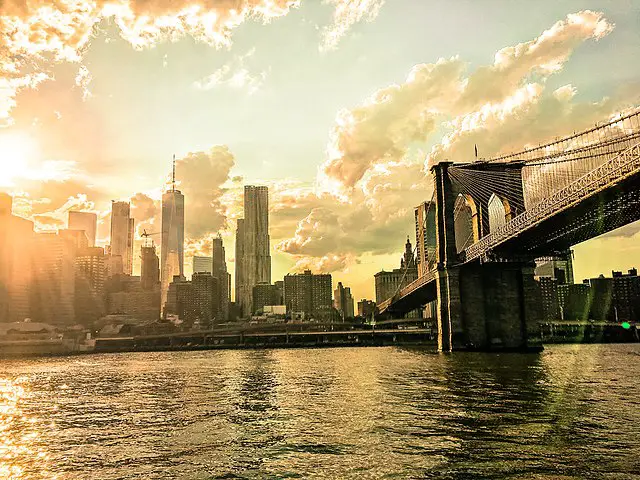
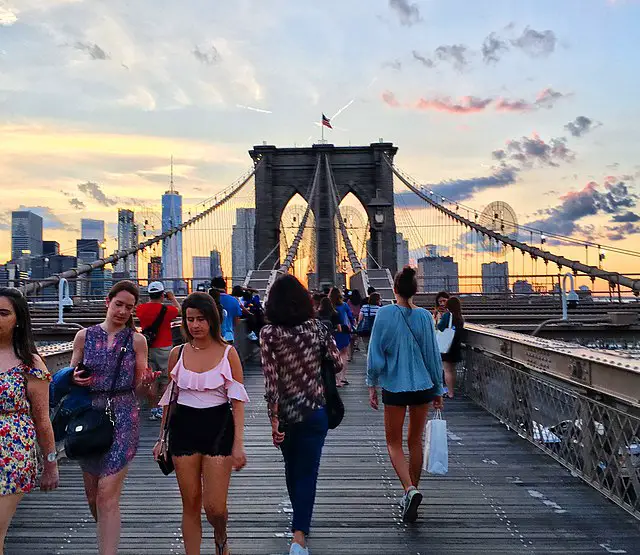

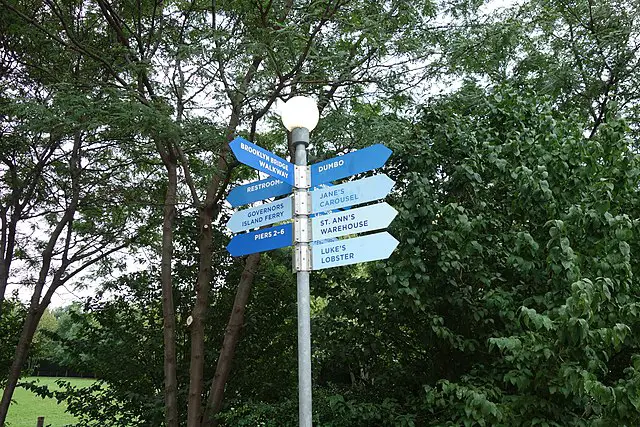

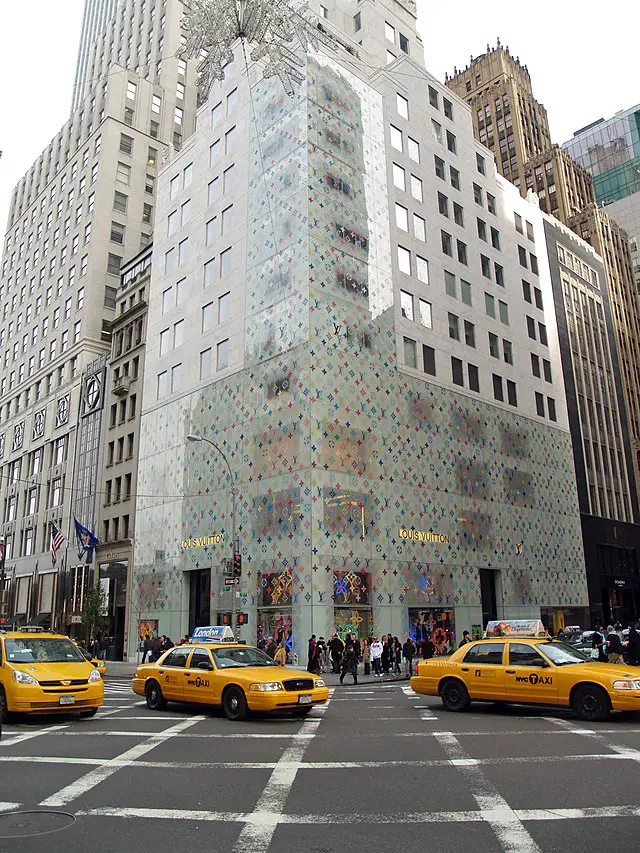
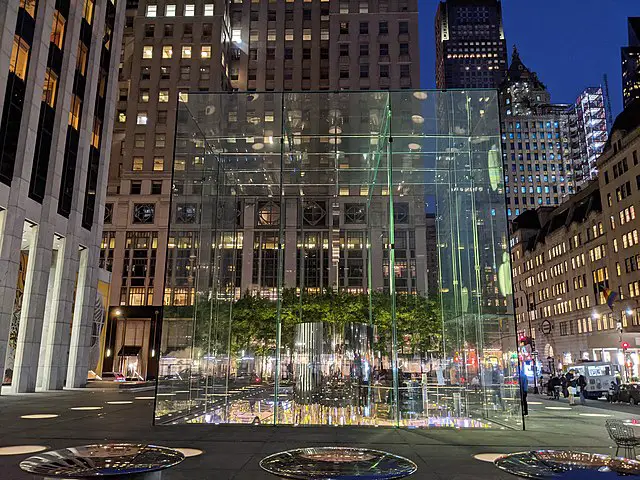
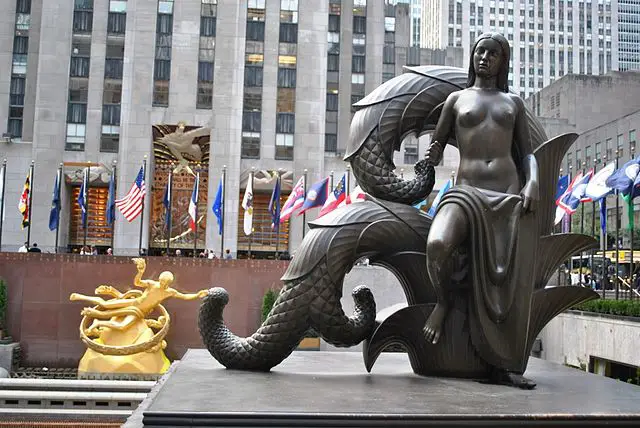
Cartier, Tiffany and Co, Versace, Armani, Gucci, and among them are Harry Winston, Omega, Bottega Veneta, Fendi, Louis Vuitton, and Prada. If you enjoy shopping, you’ll adore Fifth Avenue in New York. But take care, it might be wise to leave your credit cards at home since Fifth Avenue is the most expensive shopping street in the world. In 1811, Fifth Avenue first appeared on maps of New York. It began as a rural road leading to Yorkville but quickly developed into a “great boulevard” and New York’s “social spine.” Leading businessmen and locals worried about encroaching manufacturing established the Fifth Avenue Association in 1907 to prevent the “wrong” kind of growth. Ten kilometres (6.2 miles) make up Fifth Avenue. There are many different sides to this well-known boulevard, even though the super-posh shops and boutiques are primarily located between 49th and 59th Street.
Rich people’s opulent residences can be found where the Avenue meets Central Park. Nine museums may be found between 82nd and 104th Street, earning this section the moniker “Museum Mile.” Whatever neighbourhood you’d like to see, get on and off one of our New York bus tours for an entertaining and educational look at one of the most renowned streets in the world. The largest Roman Catholic church in the United States is St. Patrick’s Cathedral, located on Fifth Avenue. Numerous renowned parades have taken place on Fifth Avenue in New York. The Empire State Building, the Guggenheim Museum, the Museum of Modern Art (MOMA), the Metropolitan Museum of Art, Rockefeller Center, the Flatiron Building, The New York Public Library, Central Park, Bryant Park, etc. are just a few of the landmarks and attractions that can be found on Fifth Avenue in addition to the shops.
